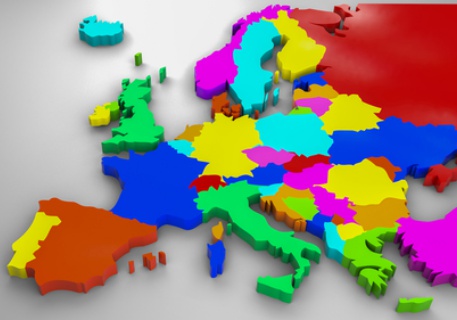Estonian National ID Cards Embrace Electronic Payment Capabilities

The Baltic country Estonia — about the population of Dallas, Texas — embraces a niche in the payment world with its use of national identity cards that offer capabilities to access banking services, conduct government services, among other non-traditional payment features.
It all starts at age 15 for the Estonians, when they are issued that microchip-enabled ID card that holds all personal information needed for government and commerce services that are not traditionally merged because of security concerns. Like a debit transaction, a PIN is needed for access use with the ID card. The country banks on the government-run digital infrastructure, X-Road that connects public and private databases. The cards are also used for reviewing medical records and ordering services on smartphones, filing taxes and casting a ballot.
A New York-Times story published last week (Oct. 8) takes a peak into how this historic city embraces digital culture as the way of life when it comes to making payments online, whether it be for commercial, banking or government purposes. The question up for debate, however, is what risk does it pose to consumers when faith in technology trumps ability to ensure payment security.
United States and European leaders continue to wrangle with how to embrace a digital future while still being secure. Meanwhile, Andrus Ansip, Estonia’s former prime minister, who is the new European Commission vice president tasked with securing Europe’s digital future, is focused on earning trust when it comes to e-services.
“All personal information is kept on separate servers and behind distinct security walls of government agencies, but the system allows the state and businesses like banks to share data when individuals give consent,” the Times article explains.
Snafus in the system become apparent when the system crashes, the report concludes, particularly when too many users sign into the system at once. Still, the concept of a digital way-of-life and using ID cards with broad-reaching payment capabilities — including conversations about expanding to an “e-residency” program that gives access to Estonia’s public and private online services to those outside Europe, according to the report.
“If we had a centralized system, it would be a privacy concern,” Taavi Kotka, Estonia’s chief information officer, said to the times. “But nobody has the whole picture. Everything is separate, but connected.
When you’re working on a small budget like Estonia — or roughly $63 million in U.S. dollars for informational technology services, it’s hardly a drop in the bucket compared to U.S. spending. But for Estonia, it’s about being budget-conscious, even if that means taking a risk with digital security.
“In large part, Estonia’s decision to go digital also has been driven by one basic fact: It had no other choice,” the Times article reports.